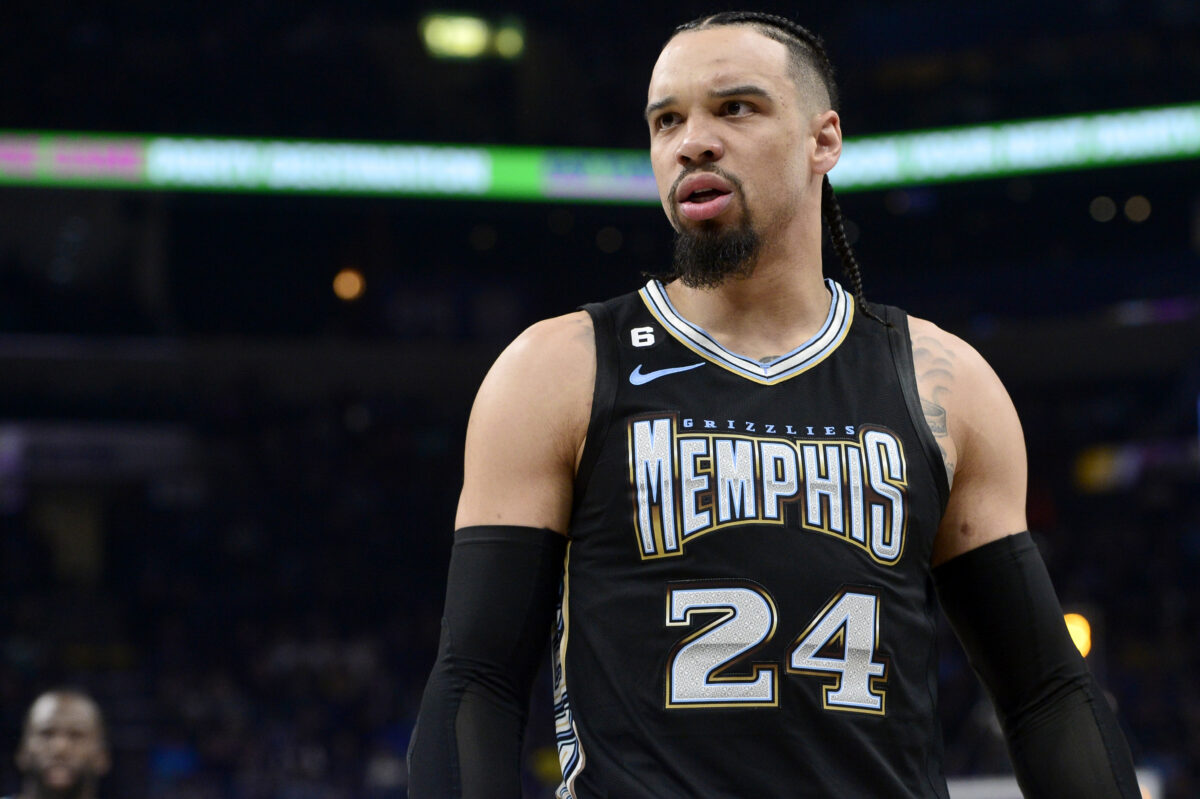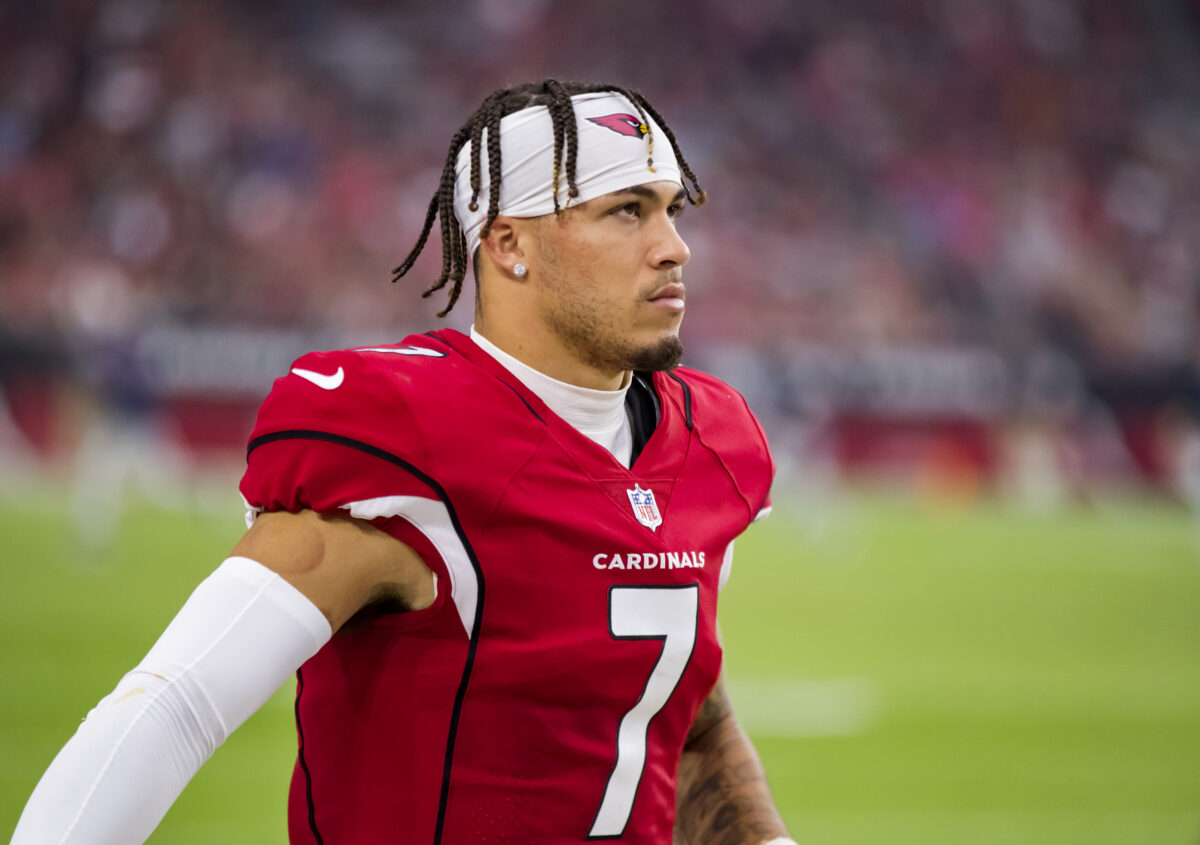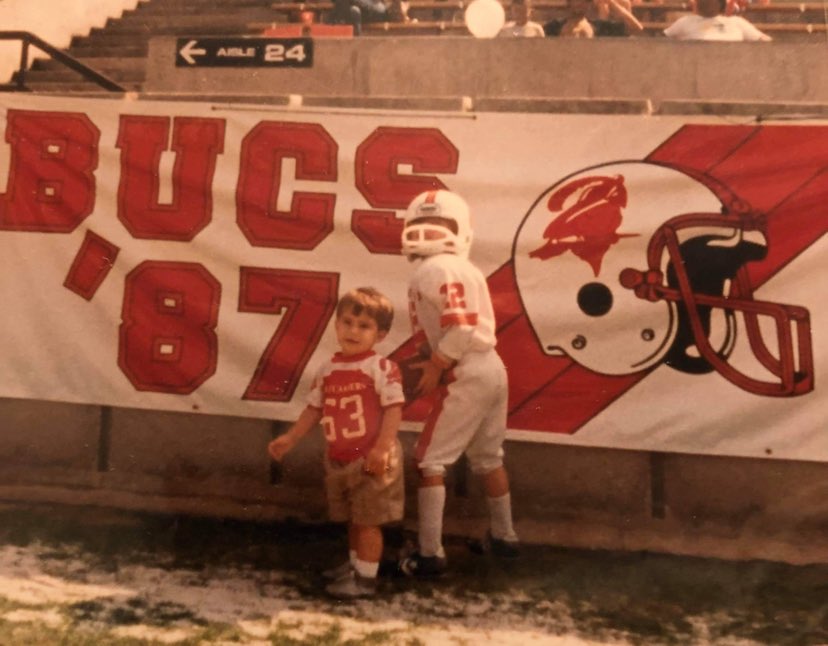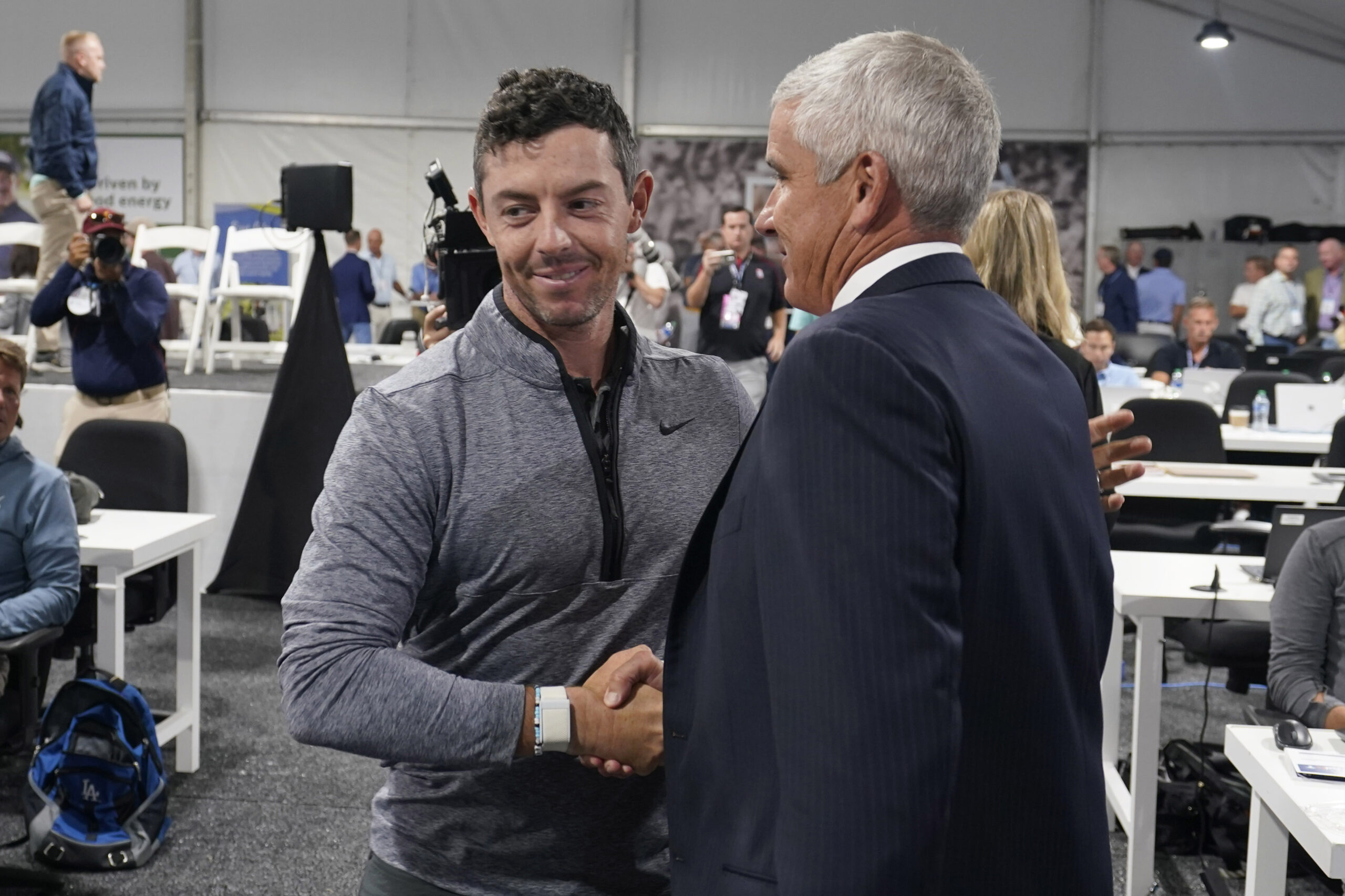For the past decade, the Auburn football offense has run through the running game.
The best player on the offensive side of the ball for the Tigers has always been their running back, whether it’s [autotag]Tank Bigbsy[/autotag], [autotag]Kerryon Johnson[/autotag], [autotag]Cameron-Artis Payne[/autotag], or Tre Mason, the offense has literally run on running the ball.
This year that has not been the case. The team’s leading rusher through three weeks is quarterback [autotag]Payton Thorne[/autotag].
The team’s leader in rushing touchdowns is backup quarterback [autotag]Robby Ashford[/autotag]
In a year in which starting running back [autotag]Jarquez Hunter[/autotag] was voted to the preseason All-SEC team, he has rushed for a grand total of 90 yards and 1 touchdown in non-conference play.
If Hugh Freeze’s team is going to be successful in SEC play, the running backs are going to have to start running the ball and running it well.
This week Auburn travels to play a familiar opponent, the Texas A&M Aggies, who are currently giving up just over 4 yards per carry on the ground.
Auburn’s running backs are averaging 4.3, and that number dips almost below 4 if you take away long touchdown runs by [autotag]Jeremiah Cobb[/autotag] and [autotag]Sean Jackson[/autotag] against UMass.
That is simply not good enough for a team that has issues throwing the ball as well. This week the Tigers are going to have to score points against an A&M offense that averages 44 points per game.
If Thorne and the receivers falter in the passing game, the running game has to pick them up.
While Payton Thorne ran free last week, it was mostly due to him being a superior athlete against FCS competition. The run game needs to be more fundamentally sound against A&M and avoid sequences like the one below.
THREAD: If Auburn is going to upset Texas A&M tomorrow, they need to run the ball well and avoid sequences like this…
First down: Simple outside zone goes nowhere. The line gets blown up and Damari Alston goes east-west instead of north-south… gain of 2 pic.twitter.com/7fKRPsCA1N
— Brian Hauch (@TheRealBHauch) September 22, 2023
This sequence is downright brutal from first to fourth down.
Auburn tries to run an outside concept on first down, and it get’s completely blown up. The line of scrimmage immediately shifts to the Auburn backfield, and [autotag]Damari Alston[/autotag] is left with little to do but string out the run as long as he can before hoping a hole develops.
It does not, and Auburn is left with a second and long.
Now for second down.
Second down: Payton Thorne incorrectly hands the ball off in this read-option hybrid.
If he keeps it, this is probably an Auburn touchdown pic.twitter.com/wy6U67G9WQ
— Brian Hauch (@TheRealBHauch) September 22, 2023
Everything about this play is executed perfectly besides the most important part.
#77 [autotag]Jeremiah Wright[/autotag] and #72 [autotag]Izavion Miller[/autotag] execute their pulls perfectly, and have the edge completely locked up for Payton Thorne to follow them to the endzone.
Wide receiver #0 [autotag]Koy Moore[/autotag] does his part as well, taking his defender completely out of the would-be-play.
This should have been 6 points for Auburn. Instead, [autotag]Payton Thorne[/autotag] handed the ball off and the Tigers gained one yard.
Fourth down is just as bad as first and second. Just like they did on the outside run, the Auburn lines gets bullied on this inside run, leaving [autotag]Jarquez Hunter[/autotag] with nowhere to go.
Fourth Down: After a nice improv pass by Thorne, Auburn has a fourth a short and elects to run the ball up the middle.
The run gets stuff and the Tigers turn it over on downs. Sequences like this weren’t detrimental vs FCS opponent Samford.
They will be vs A&M on Saturday. pic.twitter.com/53XTLEKK9C
— Brian Hauch (@TheRealBHauch) September 22, 2023
Auburn had many drives similar to this one during their 45-13 win last week. They were able to get away with it because of their talent,
That won’t be the case this week.
If Auburn is going to win as 8-point underdogs, the running game has to show up. The offensive line and running backs need to take some of the pressure off of Payton Thorne.
We’ll see if they can when the Tigers kick off SEC play Saturday at 11 CST.
Contact/Follow us @TheAuburnWire on X (Twitter), and like our page on Facebook to follow ongoing coverage of Auburn news, notes, and opinion. You can also follow Brian on Twitter @TheRealBHauch
















